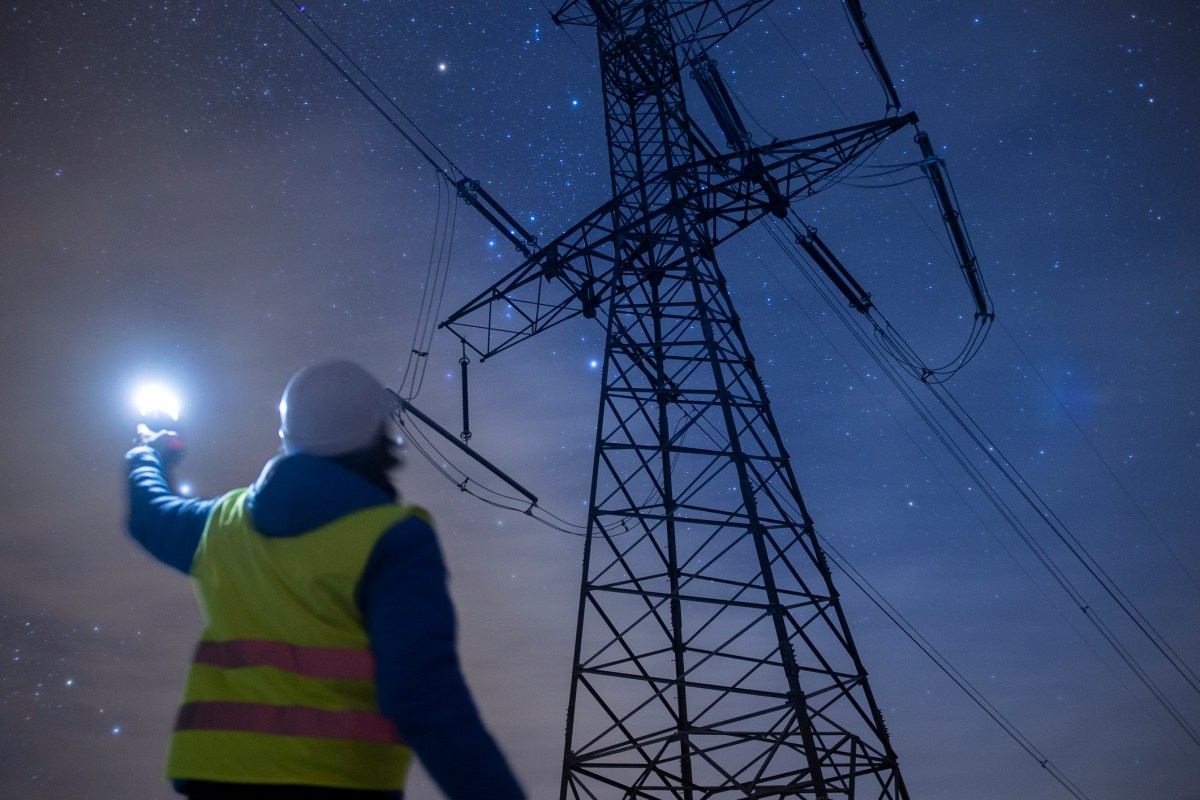Nvidia Aims to Harness AI to Tackle Electrical Grid Challenges Driven by AI Innovations
Nvidia has recently announced an exciting partnership with the Electric Power Research Institute (EPRI) aimed at harnessing AI technologies to address the challenges facing the electrical grid. Ironically, many of these challenges are driven by the increasing demand for power from AI applications themselves.
Collaboration with the Open Power AI Consortium
The newly formed Open Power AI Consortium includes various electrical utilities and tech giants. Together, they plan to leverage domain-specific AI models to develop innovative solutions for anticipated issues within the power industry. These models will be made open source, providing valuable resources for researchers in both academia and industry.
Rising Demand for Electricity
As AI technology accelerates, the demand for electricity continues to surge, particularly from data centers in the United States and beyond. The International Energy Agency predicts that electricity demand will increase by 4% annually in the coming years, nearly doubling figures from 2023.
Key Players in the Consortium
Alongside Nvidia and EPRI, the consortium comprises notable members such as:
- PG&E
- Con Edison
- Constellation Energy
- Duke Energy
- Tennessee Valley Authority
- ENOWA
On the technology side, Microsoft and Oracle are also part of this collaborative effort.
Tech Companies Securing Power Resources
In response to the growing demand for electricity, tech companies are competing to secure generating capacity, transforming power from a mere expense into a competitive advantage. Over the past year, these companies have been actively signing new contracts, primarily focusing on renewable energy projects.
For instance, Microsoft recently expanded its renewable energy portfolio by adding 475 megawatts of solar power. Last year, it committed to a $9 billion renewable development initiative led by Acadia, and earlier this year, it announced a collaboration with Brookfield Asset Management to deploy 10.5 gigawatts of renewable energy across the U.S. and Europe, with expectations for completion by 2030.
Exploring Alternative Solutions
While new power sources are a crucial part of the solution to electricity shortages, they are not the sole answer. A recent study suggests that by managing energy consumption during peak demand times—such as shifting non-time-sensitive tasks to off-peak hours—an additional 76 gigawatts of capacity could be unlocked in the U.S. This amount represents about 10% of peak demand.
It is likely that the Open Power AI Consortium will explore these types of innovative solutions, among others, to help navigate the complex landscape of future energy needs.







